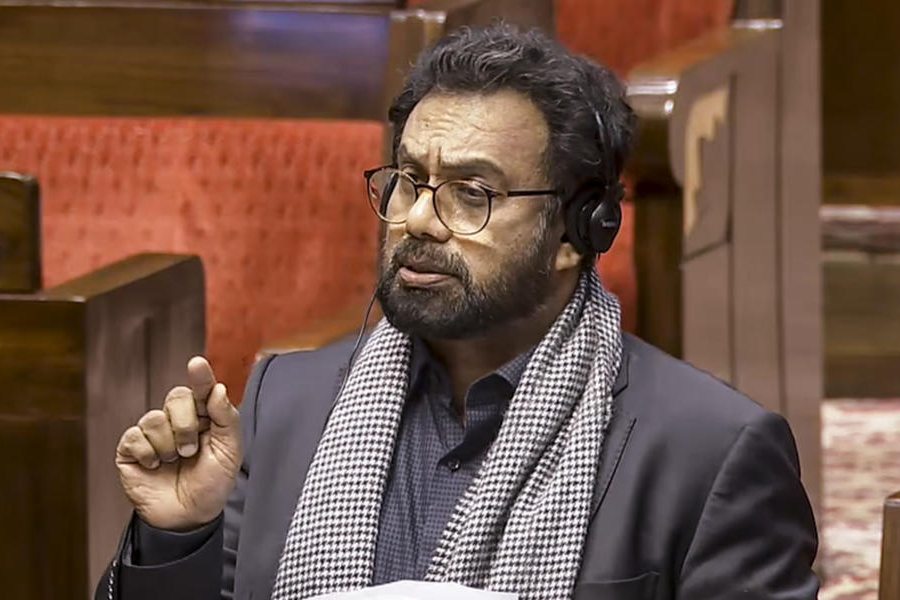The National Commission for the Protection of Child Rights has asked the states to map the hotspots of street children and rescue them, that is, return them to their parents or send them to children’s homes.
A social activist called it an “ad hoc measure”, being adopted to hide the real condition of Indian children from G20 delegates who have been increasingly visiting the country in the run-up to the G20 summit, scheduled here in September.
The advisory came in a letter that Priyank Kanoongo, chairman of the NCPCR, the statutory body set up to protect vulnerable children, wrote on April 13 to the departments responsible for child welfare in all the states. It cited Supreme Court directives issued in 2021 and 2022 that asked the states and the Union Territories to submit plans to rehabilitate street children.
“In this regard, you are requested to provide a list of identified hotspots in your concerned states/ UTs. Further, you may also provide calendar for undertaking the rescue operation in each of the districts for children in street situations from 1st May-31st May, 2023, so that the commission could depute its official(s) to monitor the rescue of children in street situations,” the letter said.
It added that the commission had already held meetings with the states and Union Territories and made the same request, but had received no information about any progress.
Street children, to the authorities, are those that spend a huge amount of their time on the streets — a wide category that includes child beggars and homeless, abandoned or orphaned children, as well as children who don’t go to school but loiter on the streets.
“The government response to the problem of street children has always been superficial; there’s no rehabilitation mechanism,” Nirmal Gorana, social activist and convener of the National Campaign Committee for Eradication of Bonded Labour, said.
“They occasionally conduct rescue operations and keep the rescued children at children’s homes before returning them to their parents. (The latest directive) is an ad hoc measure aimed to hide the real picture of street children from G20 delegates.” Gorana said that rescued street children are often ill-treated at the children’s homes, which have limited facilities anyway.
Sometimes the “rescues” are eyewash, he alleged, citing how district authorities and the NCPCR recently “rescued” many children from Delhi’s R.K. Puram area while they were playing on the streets. The parents approached the authorities and got their children back.
“The ‘rescue’ operations are aimed at scaring parents so they would not keep their children at home and the G20delegates would not see them on the roads,” Gorana said. Ashok Agrawal, president of the All India Parents Association and a member of the Delhi University court, said schools are the best place to take care of vulnerable children. However, the government has neglected the public-funded schools, he added.
“Public schools in rural areas have hardly 50 per cent attendance on any given day. Children of migrant workers are often not enrolled in school, while many children spend their time just moving here and there,” Agrawal said. “The government needs to improve the quality of teaching and care in its schools. These street rescues will not help because the children will be returned to their parents, who lack the wherewithal to provide them with quality schooling.”
Kanoongo said that efforts would be made to admit the rescued children to schools. He dismissed the allegation that the latest advisory was aimed at avoiding embarrassment before G20 delegates. The 2011 population census counted 4.13 lakh beggars and vagrants in India, with Bengal topping the chart with 81,244. Of the 4.13 lakh, 61,311 were children aged up to 19 years. Uttar Pradesh had 14,599 child beggars and vagrants followed by Rajasthan(8,976), Bihar (4,485) and Bengal (4,323).











